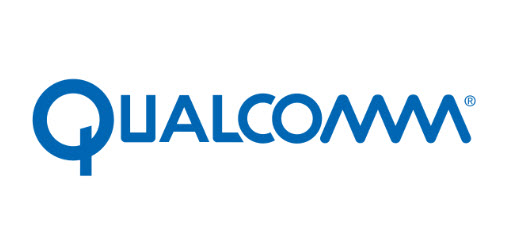AllJoyn aims to spark innovation in NFC applications
Prolific technology company Qualcomm has been revealed as a sponsor in the AllJoyn app contest, which is part of the company’s continuing campaign to spark innovation in the world of mobile applications. The contest tasks app developed to create new software using the AllJoyn platform, an open-source framework that allows for peer-to-peer interaction. Qualcomm has sponsored the contest with $170,000, which will be awarded to the developer that creates the most innovative mobile application for the competition.
AllJoyn platform provides framework for NFC apps
The AllJoyn platform facilitates device-to-device communications through the use of NFC technology. As part of the competition, app developers are encouraged to create new applications that make use of NFC technology is some way. The most commo n use of NFC technology lies in the realm of mobile commerce, where the technology is often used to facilitate transactions. NFC has seen some use in marketing, but Qualcomm is eager to see the boundaries of the technology pushed beyond its conventional uses.
n use of NFC technology lies in the realm of mobile commerce, where the technology is often used to facilitate transactions. NFC has seen some use in marketing, but Qualcomm is eager to see the boundaries of the technology pushed beyond its conventional uses.
NFC holds potential as data transfer mechanism
NFC technology holds a great deal of potential for wireless data transfer. Some companies have been using the technology to allow consumers to control electronic appliances without having to physically touch them. NFC chips have also been used to memorize the personal preferences of a consumer, thus activating an electronic device according to the parameters established by a consumer when the chip is activated by a mobile device. Qualcomm expects to see a wide variety of NFC-based applications come from the AllJoyn competition.
Availability of NFC-enabled devices still low
One of the largest problems facing NFC technology is the relative scarcity of NFC-enabled mobile devices. Telecommunications companies are eager to introduce new smart phones with NFC capabilities in order to capitalize on the booming interest surrounding mobile commerce, but the majority of these products are not expected to be released very soon. Without NFC-enabled mobile devices, the use of NFC applications is expected to be severely limited.
DARPA develops machine that can detect threats
As technology companies struggle to find the best way to incorporate augmented reality technology into new products, the U.S.’s Defense Advanced Research Project Agency (DARPA) is taking augmented reality to a new level. DARPA is a division of the Department of Defense, responsible for the research and development of new technologies. The agency has been behind most of the technological advances that have been seen in the U.S. over the past several decades and has made a name for itself in its focus on future technology and fringe sciences. With an astonishing technological pedigree, the agency has now set its sights on augmented reality.
Machine reads visual information from the brain to predict possible threats
DARPA has created a machine that is capable of scanning the human brain and tag visual events before they reach the level of consciousness. This machine is part of the agency’s Cognitive Technology Threat Warning System, and is meant to serve as an early warning device in war. The project’s ultimate goal is to provide warfighters with the ability to accurately and reliable predict threats that may be facing soldiers. The endeavor is based on the premise of linking the brain with technology.
P-300 brainwave the subject of DARPA research
DARPA researchers suggest that the brain is capable of detecting threats before a person actually registers what the brain is trying to tell them. When the brain detects a threat, it releases the P-300 brainwave, a signal that is believed to stimulate evaluation and categorization of events and a person’s surroundings. DARPA’s machine can track this brainwave and decipher what it is trying to accomplish and why. Researchers then claim this information can be reflected as visual data.
DARPA takes augmented reality away from its traditional definition
Researchers have taken to likening the process to augmented reality, though admit that the traditional definition of augmented reality is not necessarily fitting. For lack of a better term, however, it will have to suffice. DARPA’s work in this field could well unlock a future of augmented reality that has only been touched upon in fiction.
 n use of NFC technology lies in the realm of mobile commerce, where the technology is often used to facilitate transactions. NFC has seen some use in marketing, but Qualcomm is eager to see the boundaries of the technology pushed beyond its conventional uses.
n use of NFC technology lies in the realm of mobile commerce, where the technology is often used to facilitate transactions. NFC has seen some use in marketing, but Qualcomm is eager to see the boundaries of the technology pushed beyond its conventional uses.

